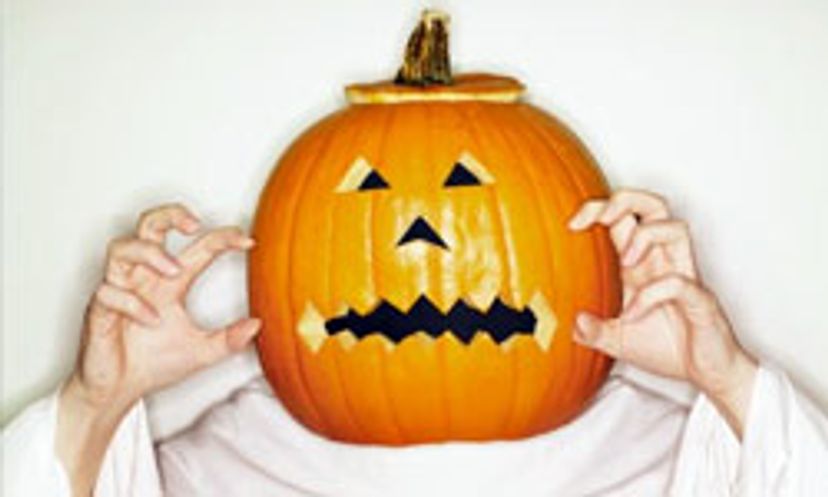
About This Quiz
For many people in the United States and Canada, Halloween ranks right up there with Christmas, Hanukkah and New Year's. You may be a veteran trick-or-treater, but how much do you really know about this sugar-filled fright fest?As part of the Samhain celebration, Celts brought home embers from the communal bonfire in hollowed-out turnips, creating lanterns that resembled modern-day jack-o'-lanterns.
Due to their association with female deities and the pentagram shape appearing in their core upon being sliced in half, apples were often the focus of Celtic traditions. Halloween activities like bobbing for apples, drinking apple cider, making candy apples and handing out apples to trick-or-treaters comes from this Celtic tradition.
Some Wiccans get upset by Halloween because they feel it misrepresents their beliefs, and some Christian groups are uncomfortable with the holiday's satanic connotations.
Advertisement
Celtic children used to walk door to door to collect soul cakes in a custom called souling. For every currant-topped dessert they collected, they said a prayer for the dead relatives of the cake's giver.
Roughly 85 to 90 percent of children participate in some kind of Halloween celebration. Even adults get in on the fun -- in 2000, about 65 percent of adults between the ages of 18 and 34 attended Halloween-themed parties.
All Hallows' Eve, All Saints' Day and All Souls' Day are collectively observed as Los Dias de los Muertos ("The Days of the Dead"). This is a time when families fondly remember the deceased and participate in various festivities.
Advertisement
Many trick-or-treaters collect money instead of candy on Halloween and send it to the United Nations Children's Fund (UNICEF), an organization created to help the world's children.
Samhain, the ancient Celtic New Year that fell around the end of October, provides us with many of Halloween's traditions.
The direct predecessor of modern-day Halloween is the festivity that began All Saints' Day (also called All Hallows' Day), which started at sundown on Oct. 31. The word "Halloween" is actually a shortened version of "All Hallows' Even," the eve of All Hallows' Day. At some point, people began referring to All Hallows' Even as "Hallowe'en" and then simply "Halloween."
Advertisement
Celtic tradition held that turning points, times when things change from one state to another, held magical properties. The Celts believed the turning point of Samhain opened up a type of connection to the dead.